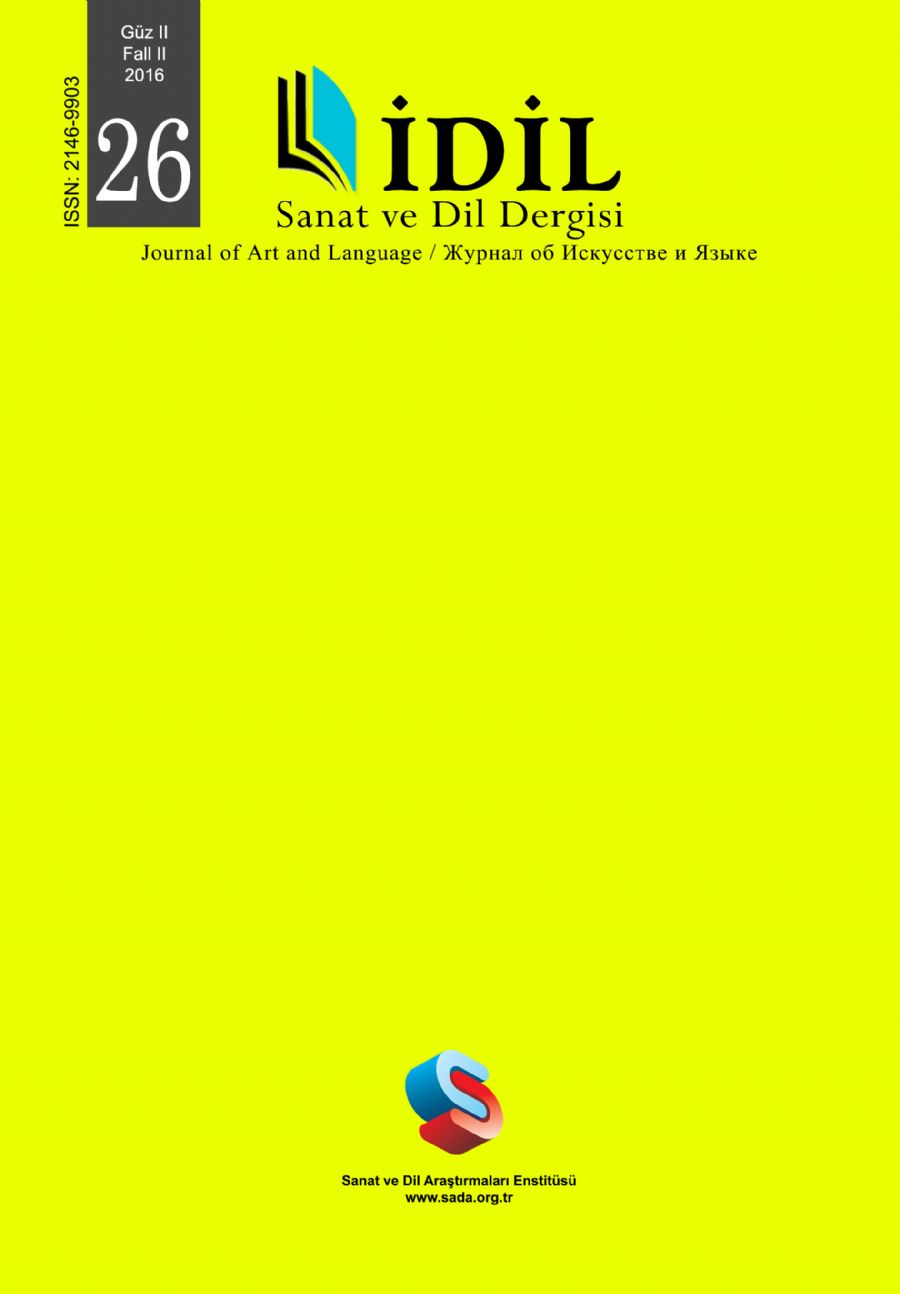MEKANSAL PLANLAMADA KADIN DOSTU KENT YAKLAŞIMI
WOMEN FRIENDLY CITY APPROACH IN SPATIAL PLANNING
Author(s): Tuğba Üstün Topal, Aslı Korkut, Tuğba KiperSubject(s): Gender Studies, Government/Political systems, Rural and urban sociology
Published by: Sanat ve Dil Araştırmaları Enstitüsü
Keywords: Spatial planning; urban design; women friendly city;
Summary/Abstract: City is a living space. Sustainability of environment can be possible by providing quality of life. This principle overlaps the 10th Development Plan “livable environment” vision. In the aforementioned plan, "free, healthy, safe and the creation of a social environment where they can take a high standard of living" for everyone living in the city has been identified as the main objective. Thus, the city must be planned within the framework of qualifications to render livable in terms of accessibility, lighting and recreational aspects for all people living in the city. In the planning-design implementation process, gender equality approach should be taken into account in open green areas and public spaces on neighborhood, street and building scale. At this point; the adoption of a sustainable planning -design-management- approach based on gender equality is very important. Besides, "women-friendly city" building efforts are also quite common in the European countries and under the joint program of the United Nations. In this context, making the city livable for people living in the city was aimed by developing strategies and principles for women-friendly urban planning and design in this statement. For this purpose, answers were searched for these questions: “What is the necessity of making the city livable for women living in the city?”, “Why woman friendly planning and design is important?”, “What is the approach to this subject in our country and in the world?” and “What should be the planning and design strategies for a livable city for everyone?” As a result, solution proposals were introduced for creation of sample public spaces that can meet specific needs and expectations of women, facilitate women’s life and ensure their effective participation in urban life.
Journal: İdil Sanat ve Dil Dergisi
- Issue Year: 5/2016
- Issue No: 26
- Page Range: 1777-1796
- Page Count: 20
- Language: Turkish

